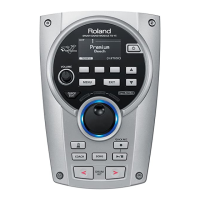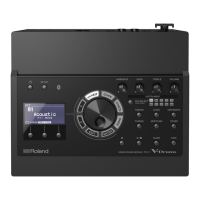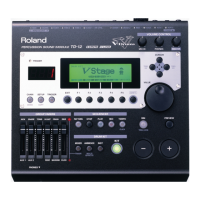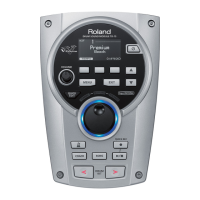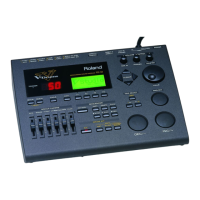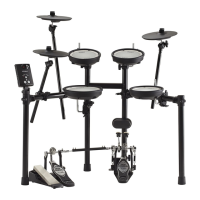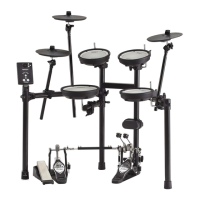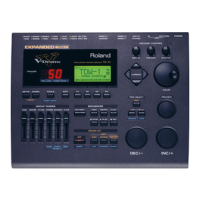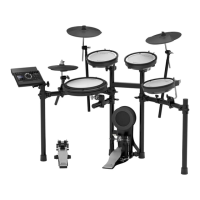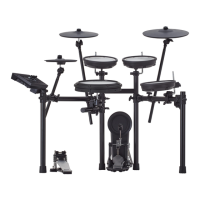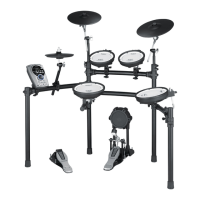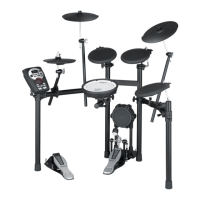What to do if there is no sound from my Roland TD-11?
- EEbony SanchezJul 26, 2025
If you're experiencing no sound with your Roland Drums, start by checking all connections and trying different cables. Ensure the volume on your TD module is raised; for TD-15, check the side panel [VOLUME] knob. Also, verify that your amp or audio system is properly connected and the volume is at an audible level.
